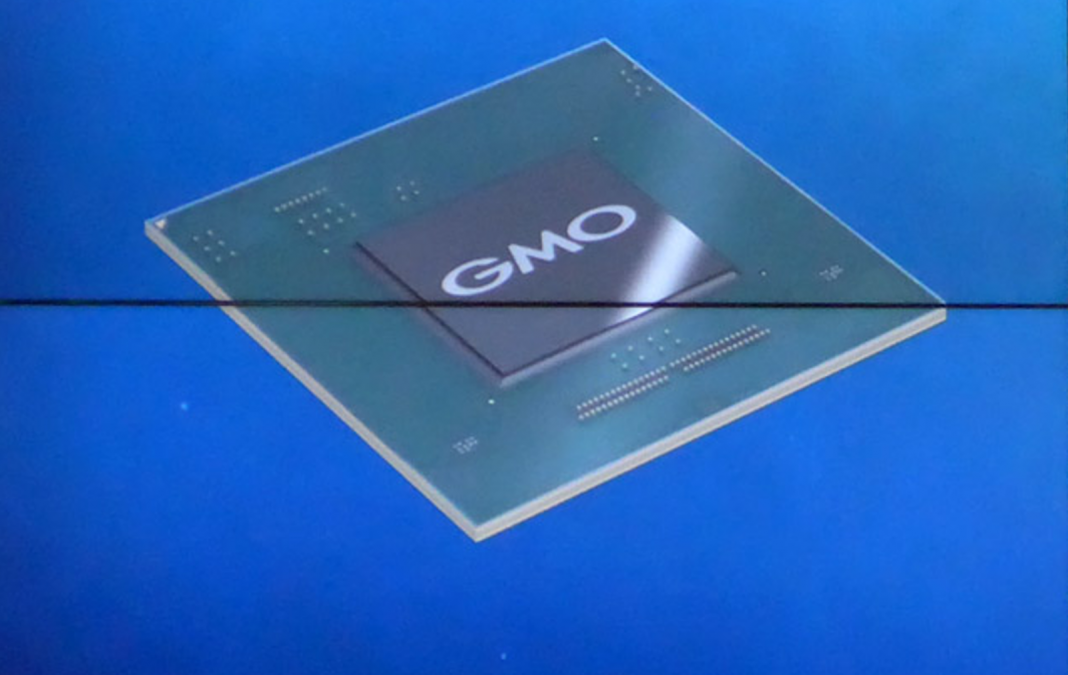More details on the Japanese Internet Giant GMO’s plans to enter the Bitcoin mining market have been released. The company has revealed the hardware and performance specifications for its upcoming 7nm process ASIC mining chips which feature very low power consumption requirements. GMO also divulged its plans to produce and sell PC-ready ASIC mining cards to consumers.
Also read: Japan’s Internet Giant GMO Launching Bitcoin Mining with 7nm Chips
Mining Farm in Scandinavia
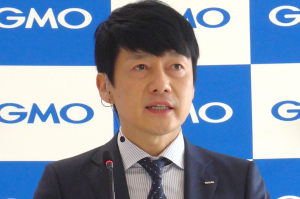
At a press conference on Wednesday, Japan’s GMO Internet, Inc. unveiled the details of its new mining operation and the highly anticipated 7nm ASIC chips. News.Bitcoin.com reported on the company’s announcement last week.
The company initially announced that the data center will be in Northern Europe. At the press conference on Wednesday, the chairman of GMO Internet and group president Masatoshi Kumagai further revealed that it will be in Scandinavia. The center will be installed in December this year to start testing and operating using existing semiconductor chips, Techwave reported. The area offers clean and cheap electricity, GMO noted.
¥10 Billion & 7nm, 5nm, and 3.5nm Chips
GMO also disclosed the total investment is expected to be approximately 10 billion yen or roughly $90 million. This cost includes the establishment and operation of the data center as well as the R&D for a series of mining chips. Kumagai was quoted saying:
We are planning to invest 10 billion yen in the next few years on building a data center and on the research and development expenses for 7 nm, 5 nm, and 3.5 nm dedicated chips.
Consumer-Ready PC Mining Boards
In addition, GMO announced its plans to manufacture PC boards mounted with ASIC chips. The company will sell PCIe connection boards that mount the proprietary mining chips to standard computers to be sold to the public. Each card will be able to mine at a projected 8 terahashes per second or more with a power consumption of only 300 watts.

GMO’s 7nm ASIC Chips
The design logic of the 7nm chip has already been completed, Kumagai said. “The overwhelming competitive advantage is confirmed,” he added. “Next-generation semiconductors, which are under development based on an exclusive agreement with partners, are expected to operate with about 56% of the power of comparable performance, and the test version is expected to be completed in 2018,” Techwave conveyed. Mass production of the 7nm chips will begin in May of next year.
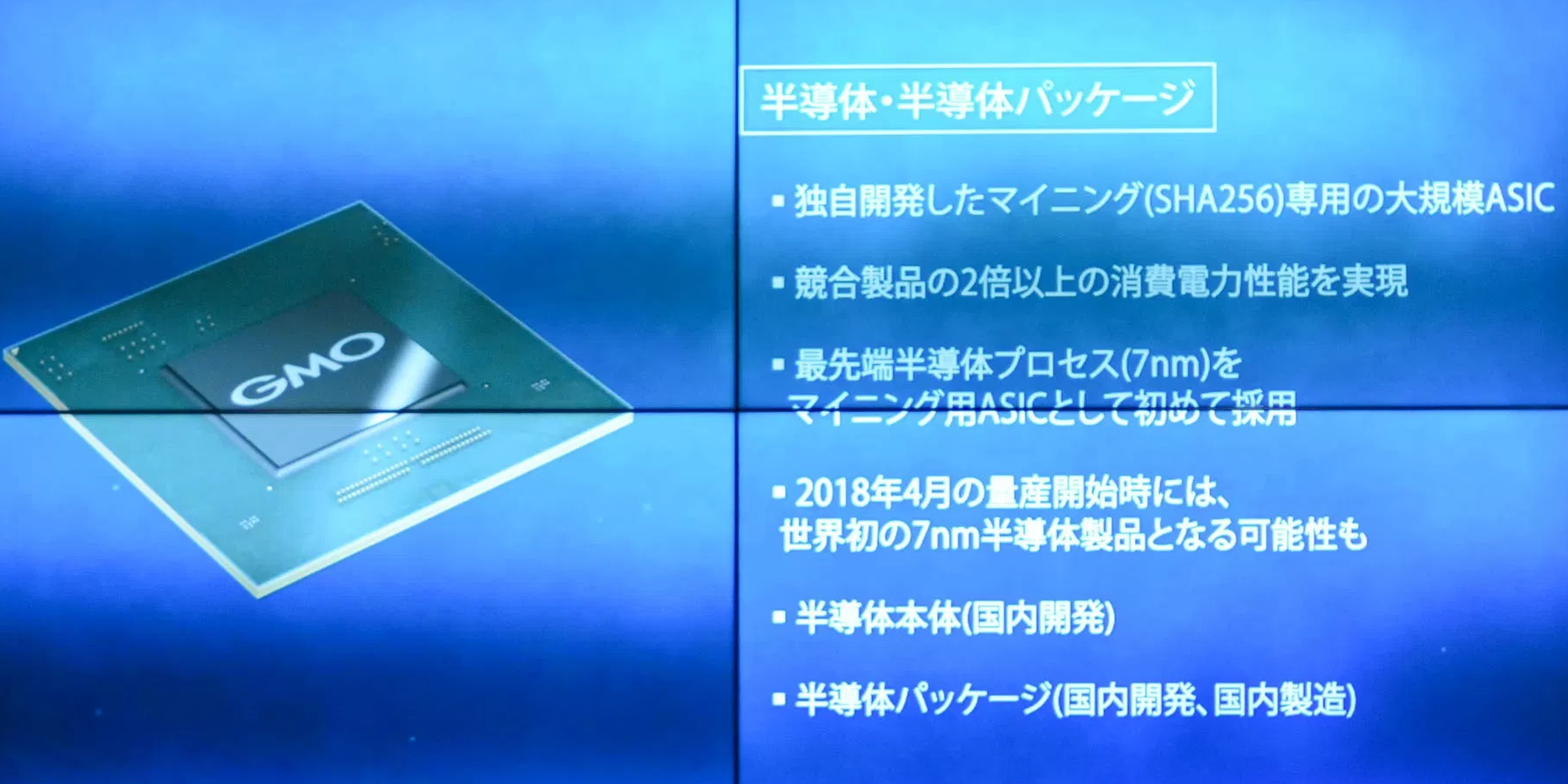
Several other slides from the announcement detail the form factor of the mining hardware GMO plans to produce for its mining farm operations. The plans include 10-terahash cards that consume 500 watts in configurations up to 1.25 petahashes per second.
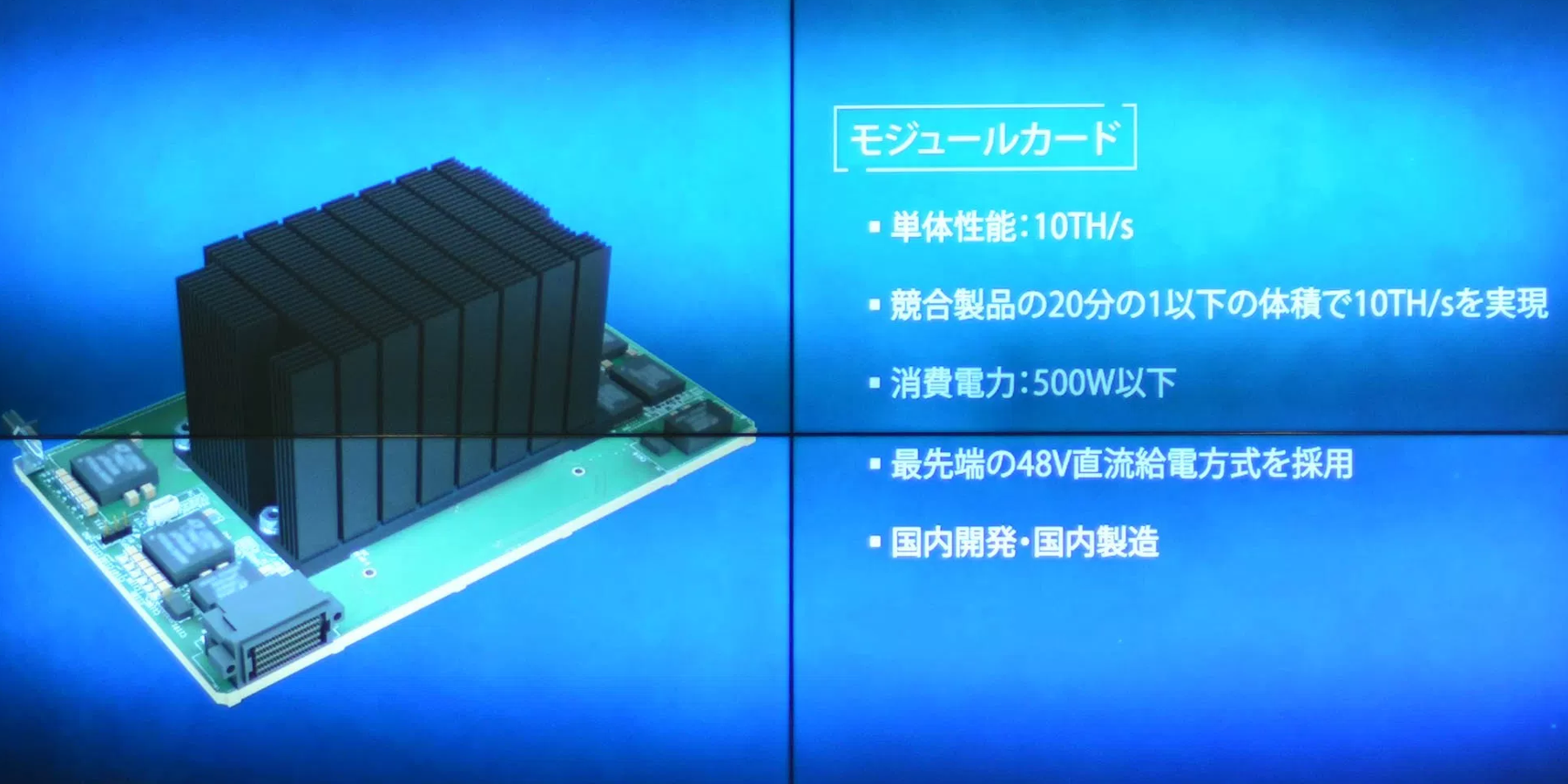
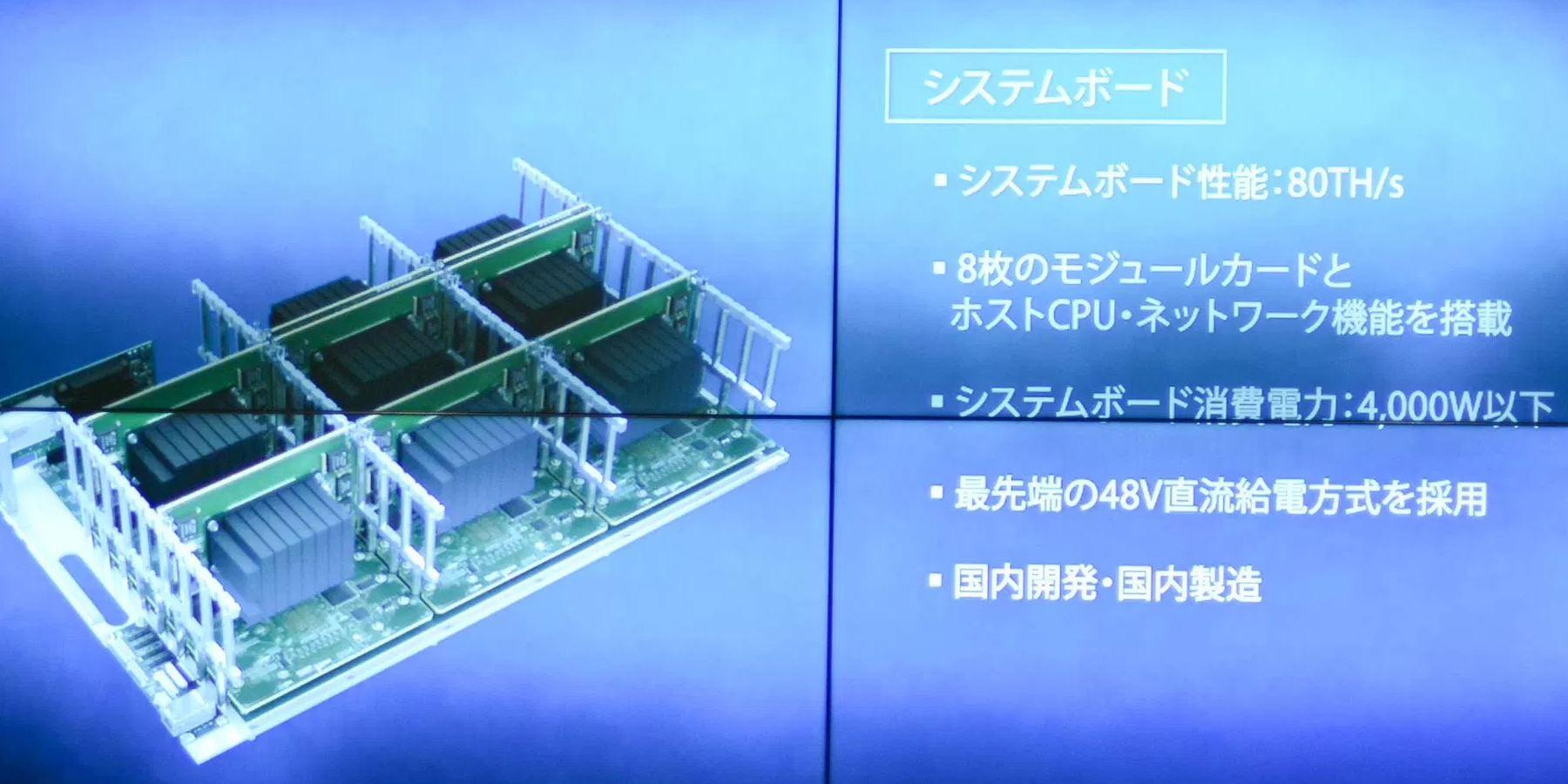
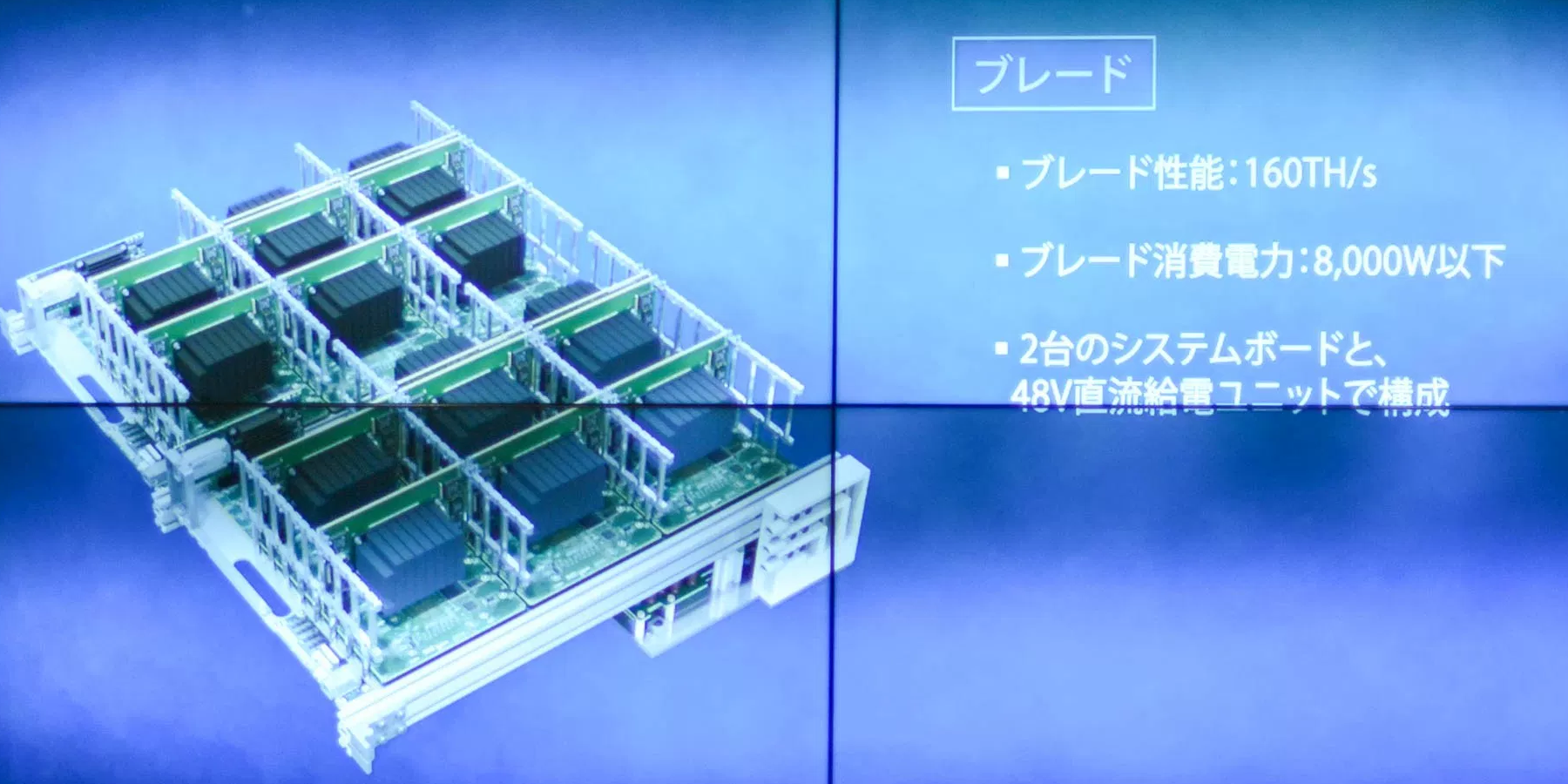

Do you think GMO will be able to deliver all the promises above? Let us know in the comments section below.
Images courtesy of Shutterstock, Techwave, Impress Corporation, GMO
Need to calculate your bitcoin holdings? Check our tools section.

